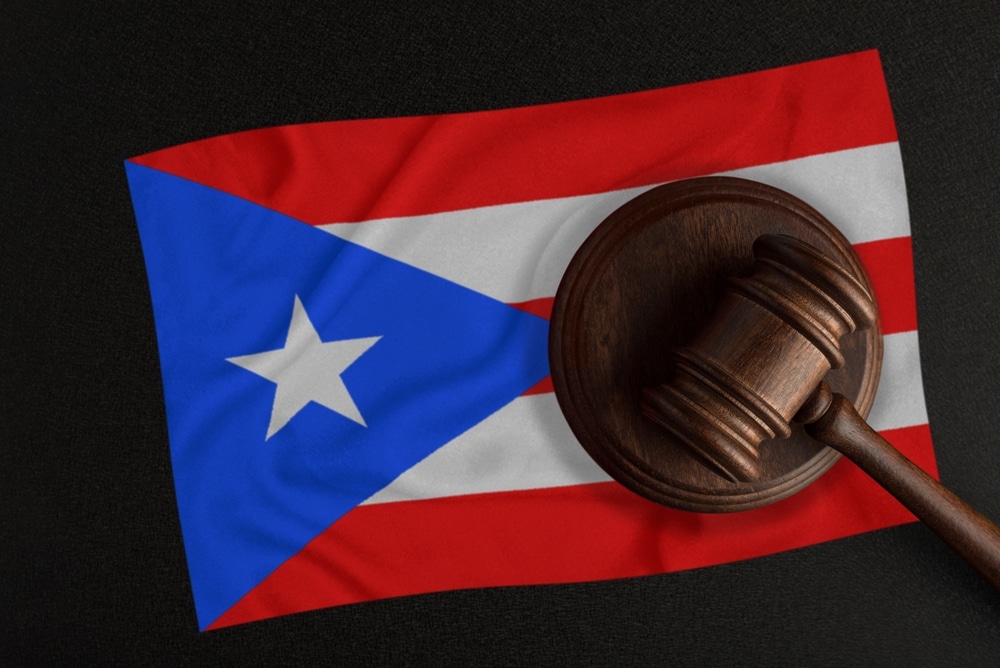Puerto Rico Bankruptcy Guide

Introduction
Puerto Rico presents a unique landscape for bankruptcy proceedings, operating within the U.S. federal court system while addressing distinct territorial challenges. The island’s bankruptcy system must navigate not only traditional financial concerns but also the ongoing impacts of natural disasters, economic restructuring under PROMESA (Puerto Rico Oversight, Management, and Economic Stability Act), and unique cultural considerations.
The bankruptcy process in Puerto Rico incorporates both federal bankruptcy law and territorial-specific provisions, creating a complex but comprehensive system for debt relief. This dual framework requires careful attention to both mainland U.S. requirements and local considerations.
Recent years have brought additional challenges, including recovery from multiple hurricanes and the implementation of PROMESA, which has significantly impacted both individual and municipal bankruptcy proceedings. These factors create unique considerations for residents seeking bankruptcy protection.
For many Puerto Rico residents, language accessibility remains a crucial consideration, with courts providing bilingual services to ensure equal access to bankruptcy protection. This commitment to accessibility helps ensure that language barriers don’t impede access to financial relief.
Understanding Puerto Rico’s specific bankruptcy requirements and protections proves essential for successful navigation of the process. This guide aims to provide comprehensive information about bankruptcy in Puerto Rico while addressing territory-specific considerations.

Bankruptcy Court Structure
District of Puerto Rico Courts
The U.S. Bankruptcy Court for the District of Puerto Rico maintains its headquarters in San Juan, with additional locations in Ponce, Arecibo, and Mayagüez. This distributed court system helps ensure access to bankruptcy protection across the island.
Multiple bankruptcy judges serve the district, reflecting its high case volume and complex requirements. The court system provides comprehensive bilingual services, ensuring equal access for Spanish and English speakers.
The court’s website (www.prb.uscourts.gov) serves as a primary resource for bankruptcy information, forms, and updates. Local rules and procedures reflect both federal requirements and territory-specific considerations.
Property Exemptions
Homestead Exemption
Puerto Rico offers residents a choice between territorial and federal exemptions, with the territorial homestead exemption providing $25,000 protection per householder. This protection extends to both urban and rural properties, with special provisions for hurricane-damaged homes.
Coastal property considerations receive particular attention, reflecting the island’s geography and vulnerability to natural disasters. Special provisions exist for properties affected by recent hurricanes or other natural disasters.
Urban housing protections incorporate additional safeguards for densely populated areas, particularly in metropolitan San Juan and other urban centers. These protections help ensure housing stability while providing necessary debt relief.
Personal Property Exemptions
Personal property exemptions in Puerto Rico provide significant protection for essential items. Vehicle equity protection extends to $3,500, while household goods receive protection up to $12,000 in total value.
Professional equipment protection up to $1,500 helps individuals maintain their ability to earn income. Full value protection extends to health aids, family photos, books, and cultural items.
Special consideration applies to agricultural tools and fishing equipment, reflecting the importance of these industries to Puerto Rico’s economy. These exemptions help preserve traditional livelihoods while providing debt relief.
Special Territorial Considerations
Territory-Specific Requirements
Bankruptcy filers must complete approved credit counseling from providers familiar with Puerto Rico’s unique circumstances. Residency requirements ensure proper jurisdiction and application of local protections.
PROMESA considerations affect both individual and municipal bankruptcies, particularly regarding government employment and pension issues. Hurricane recovery impacts receive special attention in bankruptcy proceedings.
Language accessibility remains paramount, with courts providing comprehensive bilingual services. All official documents and proceedings accommodate both Spanish and English speakers.
Median Income Thresholds
Current median income thresholds (as of 2024) determine Chapter 7 eligibility and Chapter 13 plan requirements. Single individuals face a threshold of $32,482, while families of four have a threshold of $67,486.
Geographic variations within Puerto Rico can affect income considerations, with different standards for metropolitan San Juan versus rural areas. The court considers these regional economic differences when evaluating cases.
Additional family members increase thresholds by $9,900 each, reflecting larger household sizes common in Puerto Rico. These adjustments help ensure appropriate access to bankruptcy protection.
Professional Requirements
Attorney Qualifications
Attorneys practicing bankruptcy law in Puerto Rico must maintain admission to both the District Court and federal court. Bilingual proficiency proves essential for effective representation.
Understanding of PROMESA and its implications for both individual and municipal bankruptcy cases is crucial. Knowledge of local rules and procedures helps ensure successful case management.
Attorneys must navigate complex interactions between federal bankruptcy law, territorial provisions, and PROMESA requirements. Cultural competency and understanding of local economic conditions prove essential.
Filing Costs
Current filing fees match federal standards: $338 for Chapter 7 and $313 for Chapter 13 (as of 2024). Fee waivers remain available for qualifying individuals based on income and household size.
Installment payment options help make bankruptcy protection more accessible. Courts consider local economic conditions when evaluating fee waiver requests.
Special provisions exist for emergency filings, particularly during hurricane season or other natural disasters. These provisions help ensure access to bankruptcy protection during crisis periods.
Conclusion
Bankruptcy in Puerto Rico requires careful navigation of both federal requirements and territorial-specific considerations. Success often depends on understanding the unique intersection of mainland U.S. law with local conditions and requirements.
Natural disasters, particularly hurricanes, continue to impact bankruptcy proceedings on the island. Special provisions and protections help ensure that disaster recovery efforts don’t impede access to necessary debt relief.
PROMESA’s ongoing implementation creates additional complexity for bankruptcy proceedings, particularly regarding government employment and pension considerations. Understanding these impacts proves crucial for successful bankruptcy navigation.
Language accessibility remains a cornerstone of Puerto Rico’s bankruptcy system, ensuring equal access for all residents regardless of language preference. This commitment to accessibility helps maintain the system’s effectiveness and fairness.
The evolving nature of Puerto Rico’s bankruptcy landscape requires ongoing attention to changing requirements and conditions. Working with qualified professionals who understand these complexities can significantly improve outcomes.
Puerto Rico’s unique bankruptcy system demonstrates how federal protection can be effectively adapted to territorial needs while maintaining essential protections and accessibility. This balance helps ensure effective debt relief while addressing local conditions and requirements.
